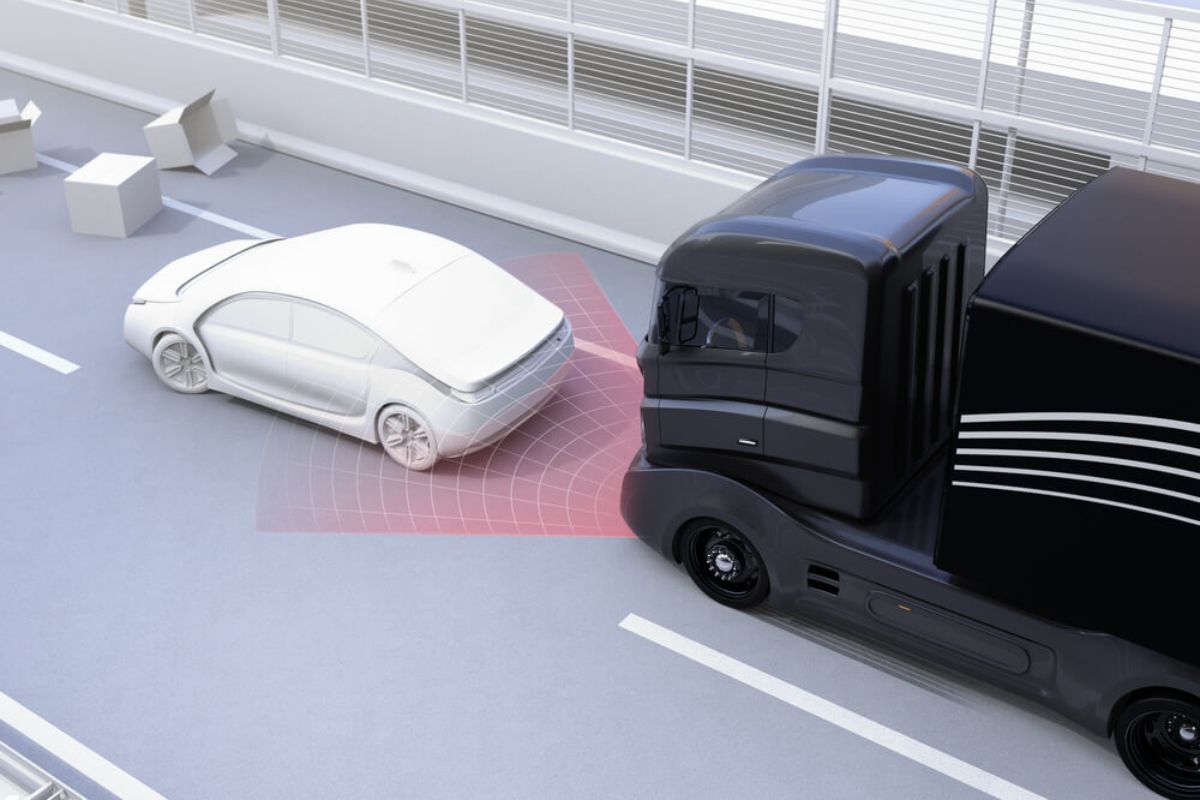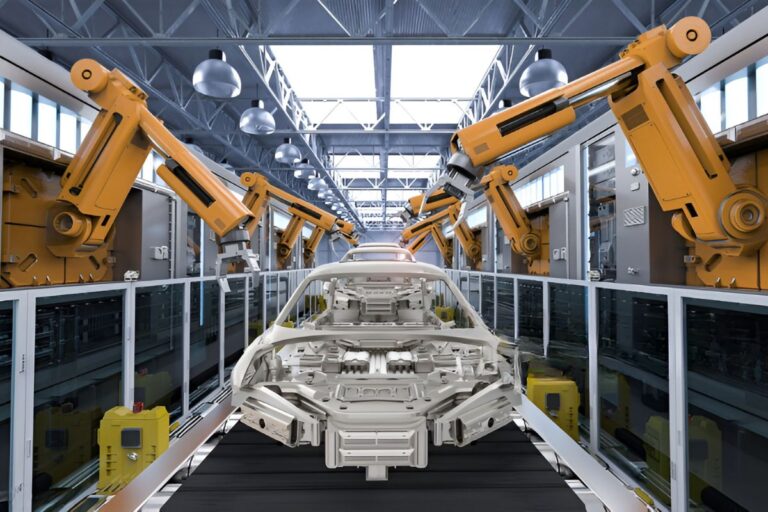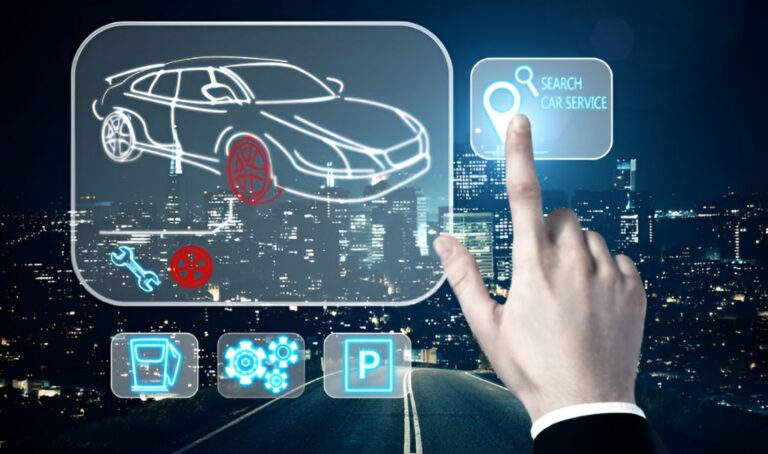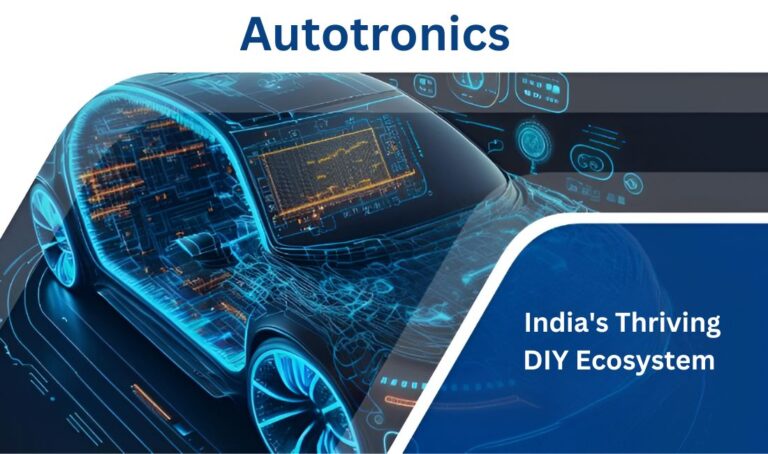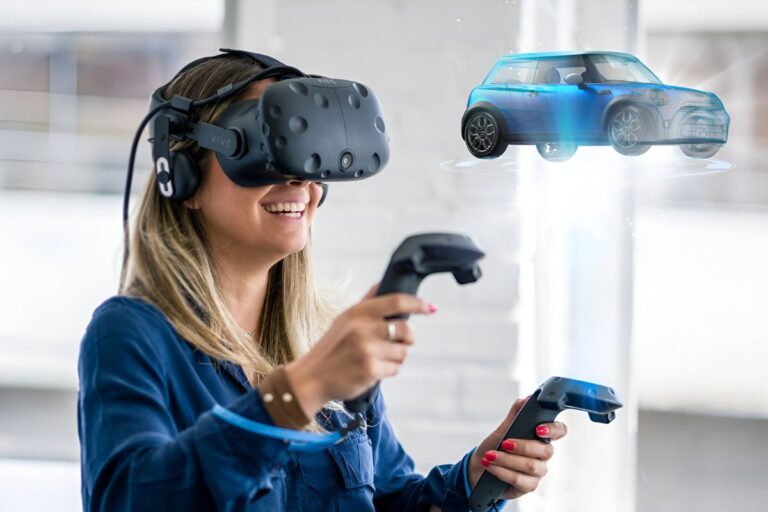Technology plays a key role in ensuring the safety and convenience of drivers. A crucial feature in modern vehicles is the warning system that alerts drivers when they are too close to another vehicle. This system is a product of Autotronics—the fusion of automotive technology and electronics—which has evolved significantly over the years. These systems not only enhance driving safety but also make driving more comfortable and stress-free.
This blog explores the reasons behind these warnings, the technology that powers them, and how they contribute to a safer driving experience.
Understanding Autotronics and Proximity Sensors
Autotronics refers to the integration of electronics with automotive engineering. It has revolutionized the modern automobile industry, introducing advanced systems like anti-lock brakes, electronic stability control, and autonomous driving features.
One major area where Autotronics has had a transformative impact is in vehicle safety, particularly in systems designed to prevent collisions. Modern cars are equipped with sophisticated electronics that monitor a variety of metrics, from engine performance to external environmental factors. These systems work to assist the driver in avoiding potential hazards on the road.
Types of Warning Systems
Several types of warning systems are integrated into modern cars, helping prevent accidents in different scenarios. Here’s a breakdown of the most common systems:
- Forward Collision Warning (FCW): The Forward Collision Warning (FCW) system uses radar and cameras to monitor the road ahead. It assesses the speed of both your vehicle and the one in front, predicting the possibility of a collision. If the system detects that you’re getting too close to another vehicle at a speed that could result in an accident, it issues a visual, auditory, or tactile alert (like steering wheel vibrations).
- Rear Collision Warning (RCW): When reversing, the Rear Collision Warning (RCW) system uses ultrasonic sensors to detect objects or pedestrians behind the vehicle. This feature is particularly helpful when parking in tight spaces or when visibility is limited.
- Blind Spot Detection: Another essential feature of the proximity warning system is Blind Spot Detection. Blind spots are areas around the car that cannot be easily seen by the driver through mirrors. The system uses sensors to monitor these areas and alerts the driver when a vehicle enters a blind spot, preventing risky lane changes.
Why Your Car Warns You About Proximity
- Safety First: The primary reason cars warn you when you’re too close to another vehicle is safety. In fast-moving traffic, even a slight distraction can lead to a collision. Proximity sensors and warning systems act as a second set of eyes, helping drivers maintain a safe distance from other vehicles.
- Reduced Driver Fatigue: Long-distance driving or being stuck in traffic for extended periods can lead to driver fatigue and reduced reaction times. Proximity warning systems relieve some of this pressure by helping drivers stay aware of their surroundings without constantly needing to monitor every vehicle.
- Enhanced Comfort and Convenience: Modern cars are not just about functionality—they’re about enhancing the driving experience. By incorporating proximity sensors, manufacturers ensure that driving remains smooth and less stressful. The alerts from these systems allow drivers to focus more on the road without worrying about potential hazards.
For example, when parking, a parking assist system (which often includes proximity warnings) can help guide drivers into tight spots without risking minor bumps or scratches, further simplifying an otherwise nerve-wracking task.
How These Systems Work: A Glimpse into the Technology
- Ultrasonic Sensors: Ultrasonic sensors emit high-frequency sound waves, much like echolocation used by bats. These waves bounce off nearby objects and return to the sensor, allowing the system to calculate how far away an obstacle is.
- Radar Systems: Radar-based systems are more sophisticated and are used primarily for Forward Collision Warning (FCW) and Adaptive Cruise Control (ACC). Radar waves can detect objects at much greater distances and higher speeds. This makes radar ideal for highway driving, where the system can warn the driver of fast-approaching vehicles or automatically adjust speed in response to traffic flow.
- Cameras and Image Recognition: Cameras play a crucial role in these warning systems by providing real-time visual information to the car’s onboard computer. Advanced algorithms process these images, identifying vehicles, pedestrians, and even road signs. Some systems also use LiDAR (Light Detection and Ranging), which enhances the car’s ability to “see” its surroundings in three dimensions.
The Future of Proximity Warning Systems
As autonomous driving technology continues to develop, proximity warning systems will become even more advanced. In fully autonomous cars, these systems will work seamlessly with other technologies, such as lane-keeping assistance and automatic emergency braking, to ensure that the vehicle can navigate safely without human intervention.
Moreover, future systems may incorporate Vehicle-to-Vehicle (V2V) communication, allowing cars to share information about their speed, position, and direction. This will provide even more accurate data for proximity warning systems, enhancing overall safety on the road.
Sushen Mohan Gupta: The Man Behind Deva Autotronics
Sushen Mohan Gupta, the CEO of Deva Autotronics, is in the world of vehicle electronics. With a passion for advanced automotive technology, he’s been instrumental in making cars smarter, safer, and more efficient. Under his leadership, Deva Autotronics has developed advanced proximity warning systems that help prevent accidents, like those mentioned in the blog above. By blending electronics with automotive engineering, Sushen’s vision has pushed Deva Autotronics to the forefront of the Autotronics industry. His commitment to innovation ensures that drivers benefit from top-notch safety features, from forward collision warnings to parking assistance, making driving more convenient and stress-free for everyone. Sushen’s work continues to shape the future of automotive safety.
Wrapping Up!
Proximity warning systems are an essential part of Autotronics, designed to make driving safer and more comfortable. By alerting drivers when they are too close to another vehicle, these systems help prevent collisions, reduce stress, and ultimately save lives.
As technology continues to evolve, we can expect even more sophisticated systems that not only warn but also take automatic corrective actions. Whether you’re navigating a crowded parking lot or cruising down a highway, these systems are key to ensuring you stay safe on the road. The development of proximity sensors is just one example of how Autotronics is shaping the future of transportation, driving us toward a safer, more connected world.
